In the realm of insurance, the property and casualty exam stands as a gateway to a rewarding career. Embark on this journey of knowledge and expertise, where you’ll delve into the intricacies of risk management, underwriting, and claims handling. This comprehensive guide equips you with the essential tips and strategies to conquer the property and casualty insurance exam, ensuring your success in this dynamic and ever-evolving industry.
Throughout this guide, you’ll uncover the intricacies of property insurance, exploring homeowners’, renters’, and commercial property insurance policies. You’ll also navigate the complexities of casualty insurance, gaining insights into auto, liability, and workers’ compensation insurance. With each concept explained in a clear and engaging manner, you’ll build a solid foundation of knowledge to tackle the exam with confidence.
Exam Overview

The property and casualty insurance exam is a standardized test designed to assess an individual’s knowledge and understanding of the principles and practices of property and casualty insurance. It covers a wide range of topics, including insurance contracts, underwriting, rating, claims handling, and risk management.
The exam is typically divided into two parts: a multiple-choice section and an essay section. The multiple-choice section covers a broad range of topics, while the essay section requires candidates to demonstrate their ability to analyze and apply insurance concepts to real-world situations.
Exam Structure
The property and casualty insurance exam typically consists of the following sections:
- General Insurance Principles: This section covers the fundamental concepts of insurance, such as risk, premium, and indemnity.
- Property Insurance: This section covers the different types of property insurance, such as homeowners insurance, commercial property insurance, and flood insurance.
- Casualty Insurance: This section covers the different types of casualty insurance, such as automobile insurance, workers’ compensation insurance, and general liability insurance.
- Underwriting and Rating: This section covers the process of underwriting and rating insurance policies.
- Claims Handling: This section covers the process of handling insurance claims.
- Risk Management: This section covers the different techniques that can be used to manage risk.
Understanding Insurance Concepts
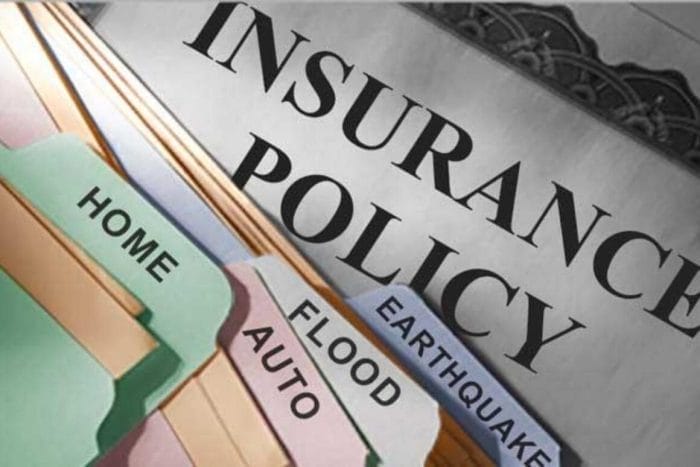
Insurance operates on fundamental concepts that underpin its functioning and significance in risk management. Understanding these concepts is essential for navigating the intricacies of the insurance industry.
At the heart of insurance lies the concept of risk management, which involves identifying, assessing, and mitigating potential losses or damages. Insurance companies play a crucial role in this process by assuming the financial burden of these risks in exchange for premiums paid by policyholders.
Underwriting
Underwriting is the process through which insurance companies evaluate and select risks they are willing to insure. This involves assessing the probability and severity of potential losses, as well as determining the appropriate premium to charge for assuming these risks.
Underwriters consider various factors when evaluating risks, including the applicant’s claims history, financial stability, and the nature of the risk itself. By carefully selecting the risks they insure, insurance companies can maintain a balance between risk exposure and profitability.
Claims Handling
Claims handling is the process by which insurance companies respond to and resolve policyholder claims. This involves investigating the claim, assessing its validity, and determining the amount of compensation to be paid to the policyholder.
Efficient and fair claims handling is crucial for maintaining customer satisfaction and preserving the reputation of the insurance company. Insurance companies have established procedures and guidelines to ensure that claims are handled promptly and equitably.
Property Insurance
Property insurance offers financial protection for your physical assets and belongings. It covers losses and damages resulting from various perils, including fire, theft, vandalism, natural disasters, and more.
There are several types of property insurance policies, each designed to meet specific needs and circumstances:
Homeowners Insurance
Homeowners insurance provides comprehensive coverage for your home, personal belongings, and liability. It protects against common risks like fire, theft, vandalism, and natural disasters. Additional coverage options may include flood insurance, earthquake insurance, and more.
Renters Insurance
Renters insurance protects your personal belongings and liability while renting an apartment, condo, or house. It covers losses and damages resulting from theft, fire, vandalism, and other covered perils. Renters insurance is often required by landlords.
Commercial Property Insurance
Commercial property insurance protects businesses from losses and damages to their physical assets, including buildings, equipment, inventory, and more. It covers a wide range of perils, including fire, theft, vandalism, natural disasters, and business interruption.
Casualty Insurance
Casualty insurance encompasses a range of insurance policies designed to protect individuals and businesses from financial losses resulting from accidents, injuries, and other unforeseen events.
The primary types of casualty insurance include auto insurance, liability insurance, and workers’ compensation insurance. Each of these insurance policies serves a specific purpose in providing financial protection against various risks and liabilities.
Auto Insurance
Auto insurance is a mandatory insurance policy for vehicle owners, providing coverage for damages and liabilities arising from accidents involving their vehicles. It typically includes:
- Liability coverage: Protects the insured against legal liability for bodily injury or property damage caused to others in an accident.
- Collision coverage: Covers the insured’s vehicle for damages sustained in a collision with another vehicle or object.
- Comprehensive coverage: Provides coverage for damages caused by events other than collisions, such as theft, vandalism, or natural disasters.
- Personal injury protection (PIP): Covers medical expenses and lost wages for the insured and their passengers, regardless of who is at fault in an accident.
- Uninsured/underinsured motorist coverage: Protects the insured against damages caused by drivers who are uninsured or have insufficient insurance.
Liability Insurance
Liability insurance protects individuals and businesses from financial losses resulting from legal liability for injuries or damages caused to others. Common types of liability insurance include:
- General liability insurance: Covers a wide range of liability risks, including bodily injury, property damage, and advertising injury.
- Professional liability insurance: Protects professionals, such as doctors, lawyers, and accountants, against claims of negligence or errors in their professional services.
- Product liability insurance: Covers manufacturers and sellers against claims of injuries or damages caused by defective products.
- Directors and officers (D&O) liability insurance: Protects directors and officers of companies from personal liability for their actions or decisions.
Workers’ Compensation Insurance
Workers’ compensation insurance is a mandatory insurance policy for employers, providing coverage for employees who suffer injuries or illnesses arising from their employment. It typically includes:
- Medical benefits: Covers the cost of medical treatment and rehabilitation for work-related injuries or illnesses.
- Income replacement benefits: Provides a portion of the employee’s lost wages while they are unable to work due to a work-related injury or illness.
- Disability benefits: Provides long-term income replacement for employees who are permanently disabled due to a work-related injury or illness.
- Death benefits: Provides financial assistance to the dependents of an employee who dies as a result of a work-related injury or illness.
Risk Assessment and Underwriting
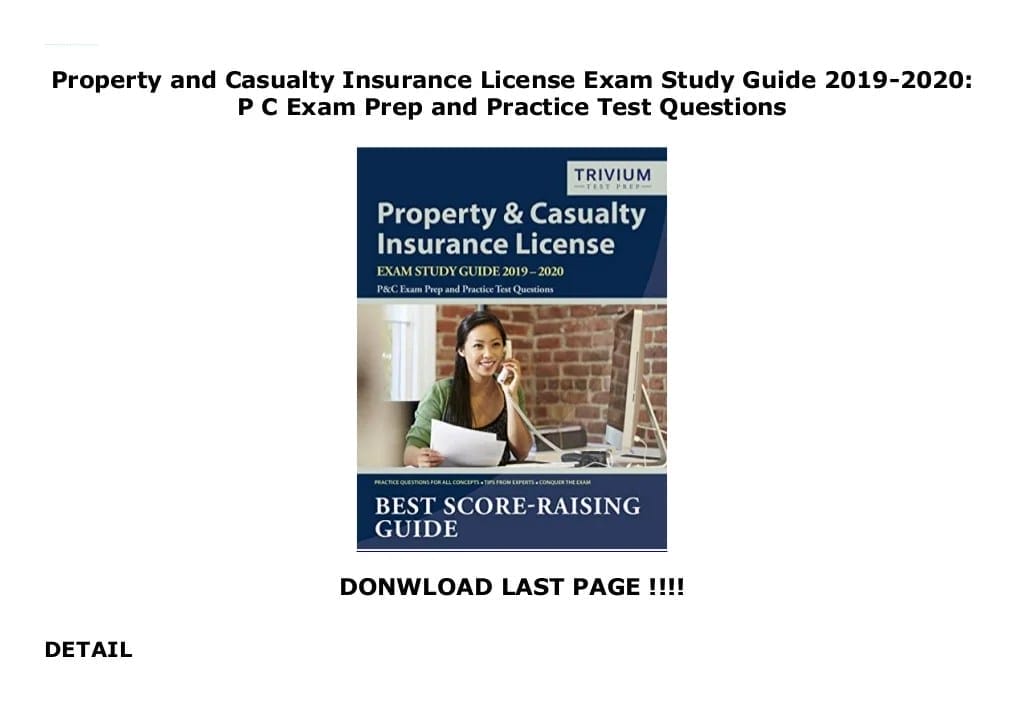
Risk assessment and underwriting are crucial steps in property and casualty insurance. Insurers use these processes to evaluate the risk associated with insuring an individual or business and determine the appropriate premium.
The risk assessment process involves gathering information about the applicant, such as their claims history, occupation, and property details. Insurers also consider external factors, such as crime rates and natural disaster risks, in their assessment.
Factors Affecting Premium Calculations
- Claims History: A history of frequent or severe claims can increase the premium.
- Occupation: Certain occupations, such as those involving hazardous work, may carry a higher risk and lead to higher premiums.
- Property Details: Factors like the age, condition, and location of the property can influence the premium.
- External Factors: Insurers consider crime rates, natural disaster risks, and other factors that may affect the likelihood of a claim.
Once the risk has been assessed, the insurer will determine the appropriate premium. The premium is the amount of money the insured pays to the insurer in exchange for coverage. The premium is based on the risk assessment and is designed to cover the insurer’s costs, including claims payments, administrative expenses, and profit.
Claims Handling
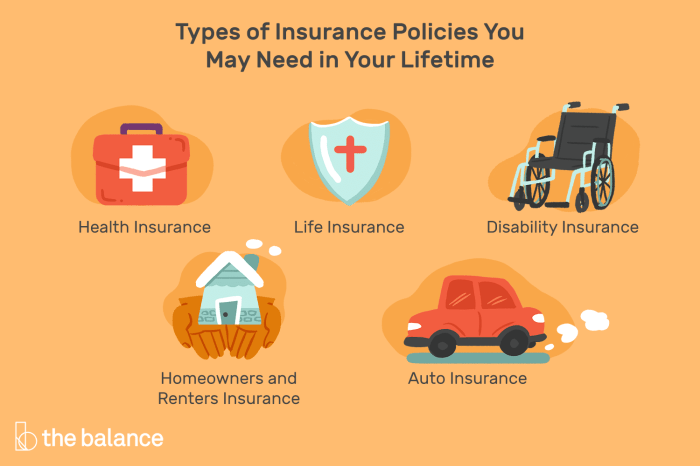
Claims handling is a crucial process in property and casualty insurance that involves the handling of claims filed by policyholders. The goal of claims handling is to assess the validity of claims, determine the amount of compensation owed, and facilitate the timely payment of benefits to the policyholder.
The claims handling process typically begins when a policyholder files a claim with their insurance company. This can be done online, through the mail, or over the phone. The insurance company will then assign an adjuster to the claim, who will be responsible for investigating the claim and determining whether it is covered under the policy.
Filing a Claim
When filing a claim, policyholders should provide as much information as possible about the incident that led to the claim. This includes the date and time of the incident, the location of the incident, and a detailed description of the incident.
Policyholders should also provide any relevant documentation, such as photographs or receipts.
Role of Adjusters
Adjusters play a critical role in the claims handling process. They are responsible for investigating claims, determining whether they are covered under the policy, and negotiating settlements with policyholders. Adjusters also work with policyholders to ensure that they receive the benefits they are entitled to under their policy.
Common Claim Disputes
Claim disputes can arise when an insurance company denies a claim or offers a settlement that the policyholder believes is too low. Common claim disputes include disputes over coverage, disputes over the amount of the settlement, and disputes over the time it takes to process a claim.
Legal and Regulatory Framework

The property and Casualty insurance industry operates within a legal and regulatory framework designed to protect the interests of policyholders and insurance companies. These frameworks ensure that insurance contracts are fair and that insurance companies conduct their business in a safe and sound manner.
Relevant Laws and Regulations
- Insurance Act: The Insurance Act is the primary legislation governing the insurance industry in many jurisdictions. It sets out the legal framework for the operation of insurance companies, the types of insurance contracts that can be sold, and the rights and responsibilities of policyholders and insurance companies.
- Financial Stability and Regulation Acts: These acts give regulators the authority to regulate the financial industry, including the insurance industry. Regulators have the power to examine insurance companies’ financial statements, conduct on-site examinations, and take enforcement actions against companies that violate the law.
- Unfair Trade Practices Acts: These acts prohibit insurance companies from engaging in unfair or deceptive trade practices. These acts may include misrepresenting the terms of an insurance contract, failing to disclose important information to policyholders, or refusing to pay valid claims.
Industry Trends and Developments
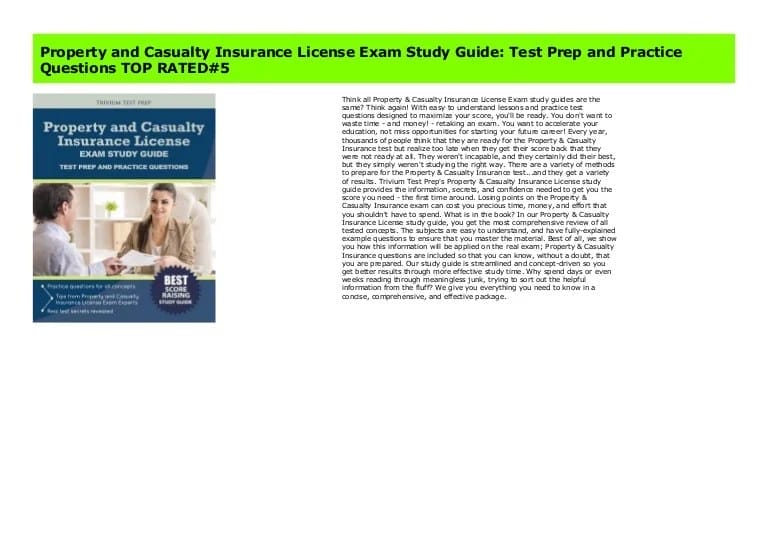
The property and casualty insurance industry is continuously evolving, influenced by technological advancements, changing consumer behaviors, and evolving regulatory landscapes. Understanding these trends is crucial for insurance professionals to stay competitive and adapt to the changing market dynamics.
Technological advancements are transforming the industry, with the adoption of data analytics, artificial intelligence, and blockchain technology. These advancements are enabling insurers to better assess risks, optimize pricing, enhance customer experiences, and improve operational efficiency.
Changing Consumer Behavior
Changing consumer behavior is another significant trend shaping the industry. The increasing use of digital channels and the growing demand for personalized insurance products are challenging traditional business models. Insurers are responding by investing in digital platforms, developing innovative products, and tailoring their services to meet the unique needs of customers.
Regulatory Changes
Regulatory changes are also impacting the industry. Governments worldwide are introducing new regulations to protect consumers and ensure the stability of the insurance market. These regulations are driving insurers to enhance their compliance efforts, implement robust risk management practices, and adapt their business strategies accordingly.
Cybersecurity Risks
The rising incidence of cyberattacks and data breaches is posing significant challenges to the industry. Insurers are investing in cybersecurity measures to protect their systems and data, while also developing new products to address the growing cyber risks faced by businesses and individuals.
Climate Change and Natural Catastrophes
Climate change and the increasing frequency and severity of natural catastrophes are having a major impact on the industry. Insurers are re-evaluating their risk assessment models, developing new products to address emerging risks, and working with governments and communities to mitigate the impact of natural disasters.
Sample Questions and Practice Exams

To reinforce understanding of the insurance concepts and prepare for the property and casualty insurance exam, it is essential to practice with sample questions and take practice exams.
These resources provide a simulated exam experience, helping candidates assess their strengths and weaknesses and identify areas that need further review.
Sample Questions
Sample questions are designed to test understanding of specific insurance concepts, terminology, and principles.
- Sample questions may cover topics such as property insurance, casualty insurance, risk assessment, underwriting, claims handling, and the legal and regulatory framework.
- These questions are typically multiple-choice, true or false, or short-answer format, reflecting the format of the actual exam.
Practice Exams
Practice exams are full-length, timed tests that simulate the actual property and casualty insurance exam.
- Practice exams allow candidates to experience the exam format, pacing, and difficulty level.
- By taking practice exams, candidates can identify areas where they need more review and focus their studies accordingly.
Conclusion
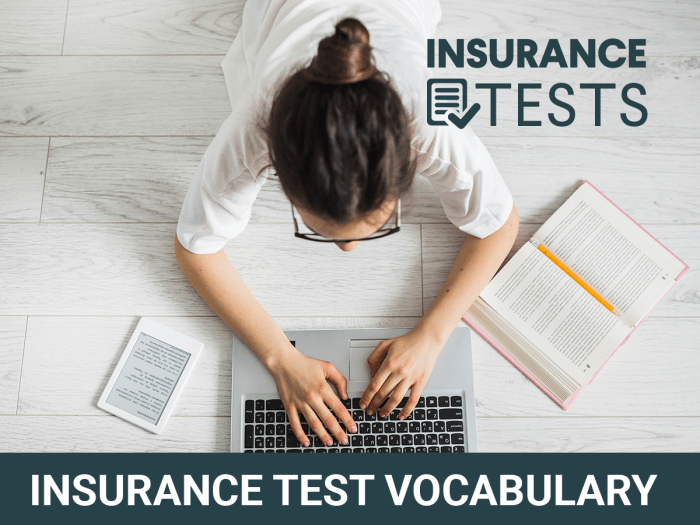
As you embark on this educational journey, remember that success lies in consistent effort, strategic planning, and a commitment to understanding the fundamentals of property and casualty insurance. Utilize the study techniques Artikeld in this guide to optimize your learning experience and conquer the exam with flying colors.
The property and casualty insurance industry awaits your expertise, and this guide serves as your compass to navigate the path to success.
FAQ Section
What is the purpose of the property and casualty insurance exam?
The property and casualty insurance exam assesses an individual’s knowledge and understanding of the fundamental concepts, principles, and practices of property and casualty insurance.
What are some effective study techniques for the property and casualty insurance exam?
Effective study techniques include creating a study schedule, setting realistic goals, utilizing various study materials, actively engaging with the material, and seeking clarification when needed.
What are some common types of property insurance policies?
Common types of property insurance policies include homeowners’, renters’, and commercial property insurance.
What are some common types of casualty insurance policies?
Common types of casualty insurance policies include auto, liability, and workers’ compensation insurance.
What is the process of risk assessment and underwriting in property and casualty insurance?
Risk assessment involves evaluating potential risks and determining the likelihood and severity of losses. Underwriting is the process of selecting and classifying risks based on the assessment, and determining appropriate premiums.



